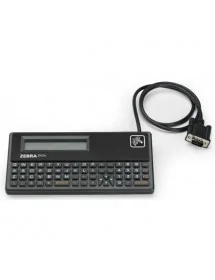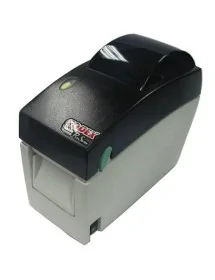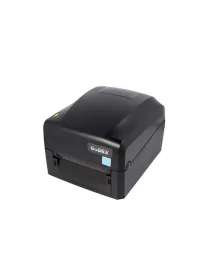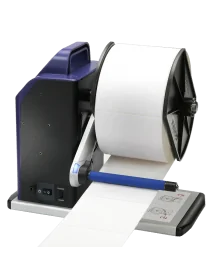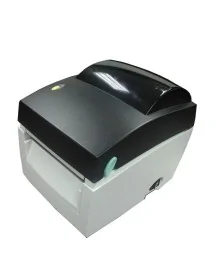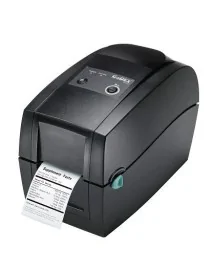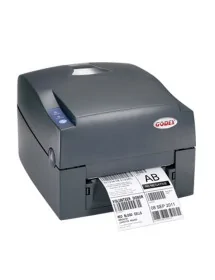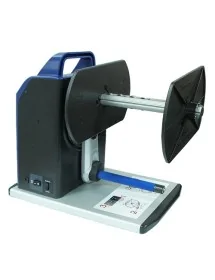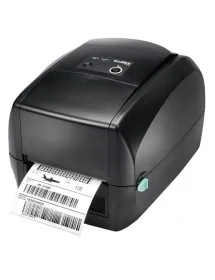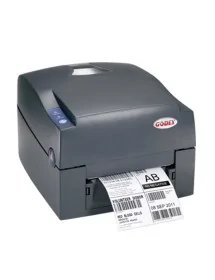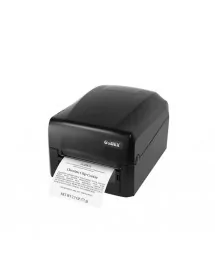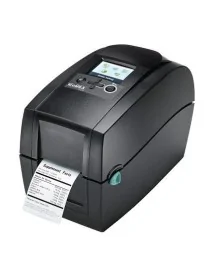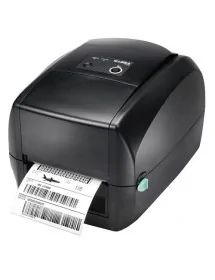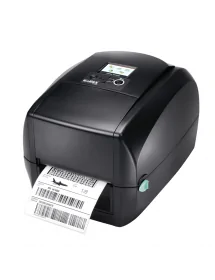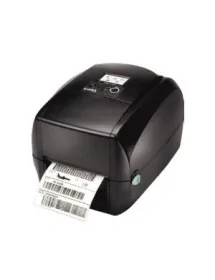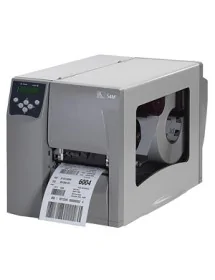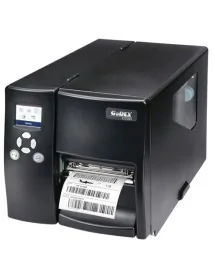Label printers are used when needed to print on labels instead of on paper. These labels can have multiple uses, price marking, place the bar code products, paste addresses to shipping boxes, etc ...
The main technologies of these printers are direct thermal transfer or direct thermal.
Not use direct thermal ribbon, so you need to use heat-sensitive label material This direct thermal printing just always degrading, more sooner or later disappears. Usually, you will usually assign a life of one year to printing, but depends on the degree of exposure you have.
Heat transfer in turn requires the ribbon, which is a bummer to which heat is applied to transfer the ink to the paper or the label roll.
The ribbon used in heat transfer has different qualities, there is a wide range, but generally difference between wax and resin mixed. This ranges from low to high binding capacity, depending on the surface you're printing, so you have a longer duration this impression. The resin is the most durable features, but is also more expensive. This ribbon should always have a half inches above tags.
You can print individual labels or print multiple row and then place them on different products. In the latter case, you may find it useful to have a rewind roll, so as to be printing these labels are also winding into a roll and then to place it in a manual label applicator with which to place the labels quickly and conveniently.
Is usual printers require special software, usually included with the printer itself, allowing design these labels to suit the client.
The main variables to consider to choose which printer you need are: size of the label, resolution (measured in dpi / dpi) print speed (measured in mm per second) and workload (measured in number of labels per day).



